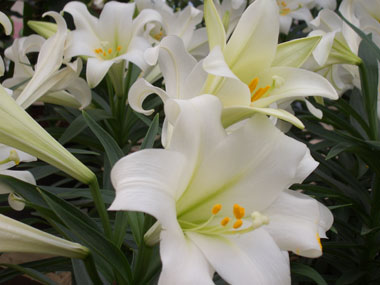|
Saturday, March 13, 2010
In celebration of the 92nd anniversary of Estonian independence, the Montreal Estonian Society (MES) invited Kaili Maimets (flute) and Mariane Patenaude (piano) to perform in Montreal, in the spectacular acoustic and ambiance of the Chapelle historique du Bon-Pasteur.
As has become the tradition in recent years, the MES has opted for a musical commemoration of the anniversary with minimal discourse. The afternoon concert, however, was prefaced by opening remarks from Riho Kruuv, the Estonian Chargé d’Affaires a.i. in Canada. The audience included many members of this city’s consular corps invited as special guests to the event by Maurice Forget, the Honorary Estonian Consul in Montreal. The concert was followed by a reception in the adjoining hall.
The performance began with Poulenc’s Sonata which set the pace for the rest of the program. There was no evidence of “opening” nerves. The flowing, sentimental and somewhat melancholy music, with its inherent rubato, was well treated. Ms. Maimet’s command of the high register in the 3rd movement was superbly demonstrated. The Telemann Fantasy for unaccompanied flute, which followed, met all the demands of this Baroque composition.
The delightful Sonatine by Pierre Sancan, better known as an educator and pianist, demonstrated the complex and symbiotic interplay between the flute and piano. Ms Maimet’s handling of the difficult cadenza was outstanding and the high level of ‘pianisme’ by Ms Patenaude raised the the bar with this piece. Definitely the high point within the French idiom of the program.
|
 |
After a brief ‘entr’acte’, the second half of the program began with Debussy’s unaccompanied classic Syrinx. Kaili Maimets’ rendition of this well-known piece had a thoroughly professional flair to it. The next piece was Saint-Saëns’ Romance, Op. 37 which showed the duo’s sense of style and musicianship. The sensitive accompaniment of the piano, was very much in keeping with the ultra conservative concept of this work.
Claire de Lune, without a doubt Debussy’s best known solo piano composition, was exquisitely interpreted by Mariane Patenaude. The demands upon the pianist include every aspect of piano technique imaginable and she seemed not to have had any particular difficulties in enthralling the audience with her comfortable command and control of dynamics, touch, arm weight, and musicality. It was an excellent preamble to the final work in the program.
The playing in Sergei Prokofiev’s Sonata, Op. 94 (in four movements) was aggressive yet sensitive and the interplay between both performers in the difficult angular lines and ascending/descending arpeggios was perfectly nuanced. Real virtuosity was demonstrated here by their interactive and highly enthusiastic playing, which was a fitting end to the concert.
Ms. Maimets demonstrated an extraordinary musical perfection and expressive strength in her playing. The piano accompaniment was at the same time powerful, vigorous, colourful and discrete. With elegant and varied articulations, with great breathing until the last fading pianissimo, and the flutter-tonguing technique exhibited in the surprising Sancan, the flute and piano together appeared in all their richness and glory. An impressively well prepared recital of not so easy repertoire. The duo bewitched the audience with their brilliant virtuosity, enthusiasm and energy, making it a perfect performance.
Karl J. Raudsepp (in collaboration with Armas Maiste)
More photos








